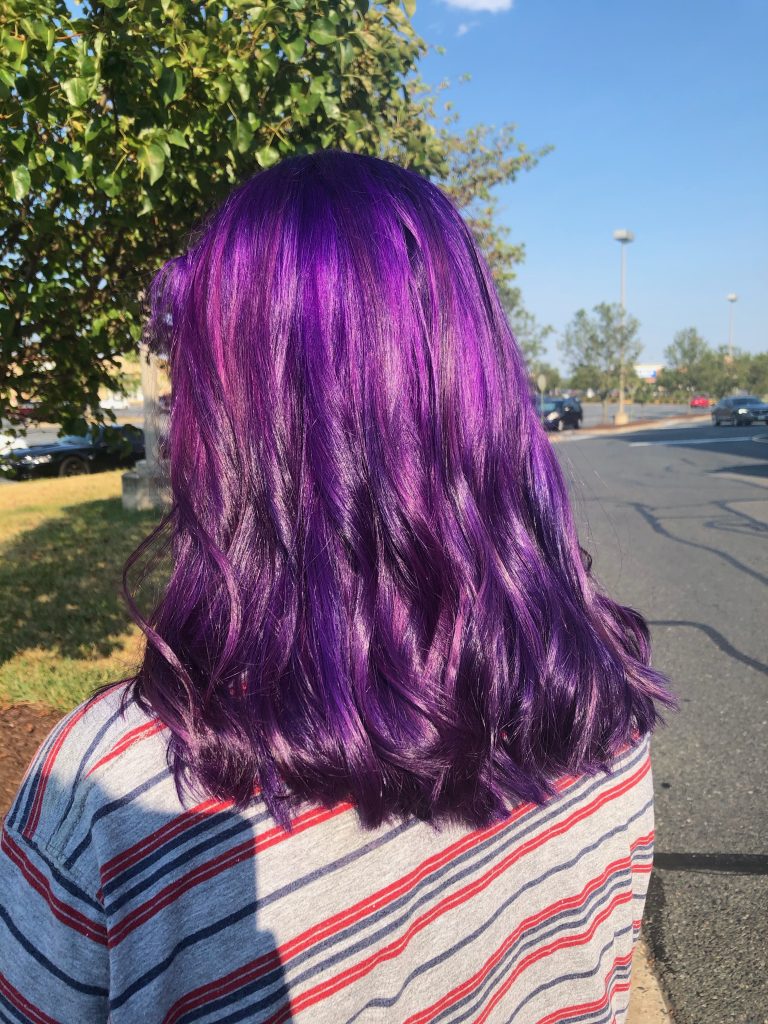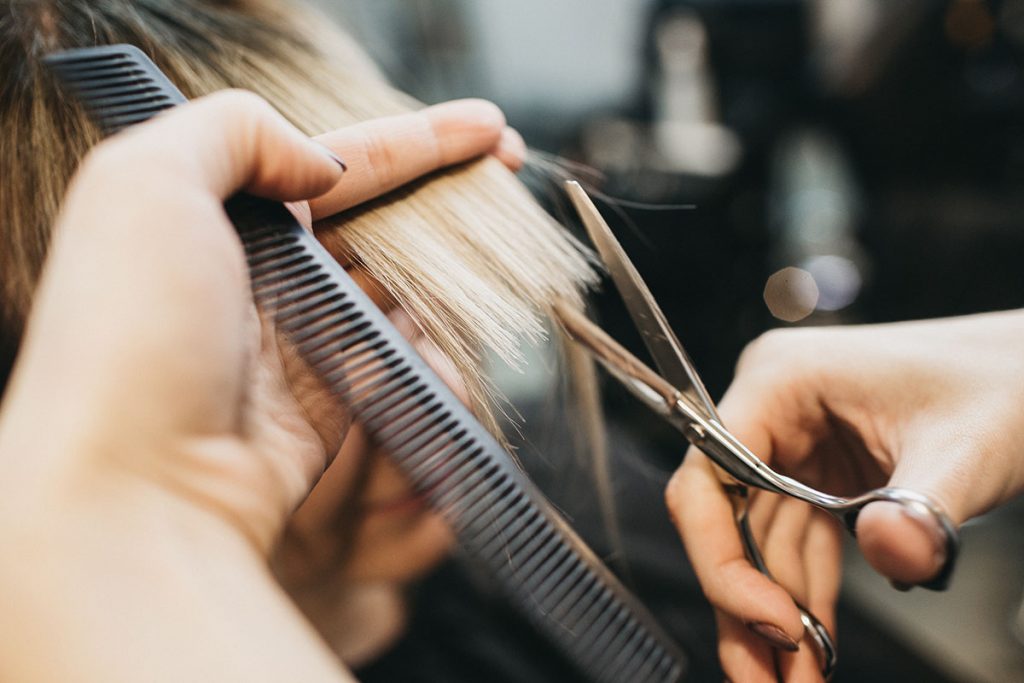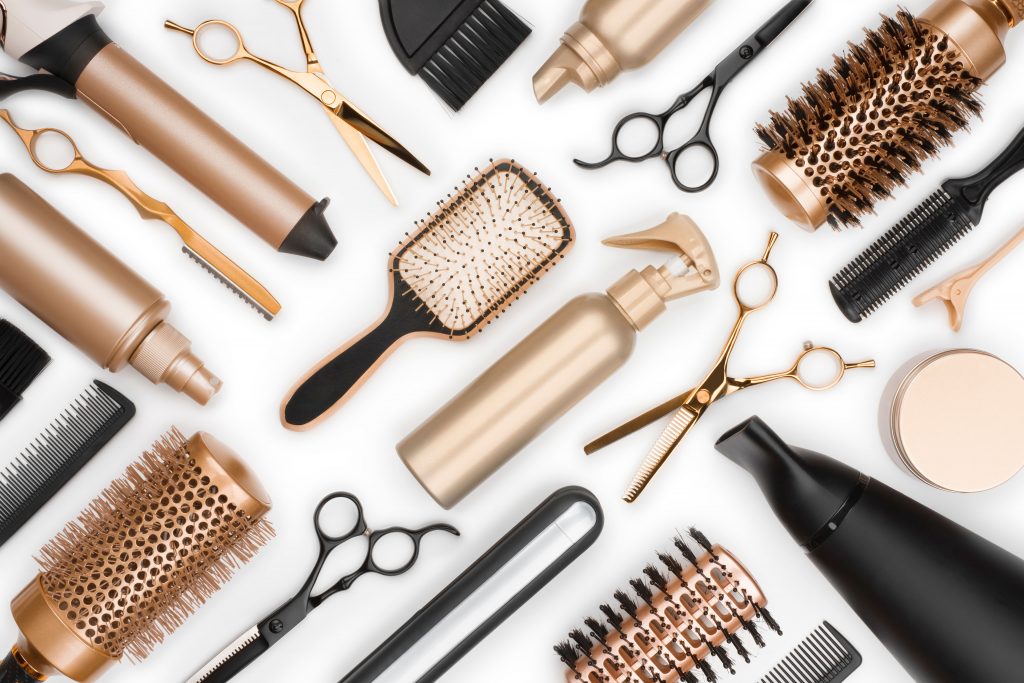

How Professional Trims Prevent Split Ends and Hair Breakage for Healthy Hair
Are you tired of dealing with split ends and lifeless hair? You’re not alone! Many people face this common issue, which can be frustrating when all you want is healthy, luscious locks. Fortunately, there’s a simple solution that goes a long way: professional trims. These regular visits to the salon do more than just tidy up your style; they are essential for keeping your hair healthy by snipping away damage before it worsens. By understanding the importance of these trims and how they prevent further breakage, you’re taking the first step towards revitalizing your hair.
Professional trims are essential in removing damaged ends, which helps prevent split ends from traveling up the hair shaft and causing further breakage. Regularly trimming your hair not only keeps it looking neat but also promotes stronger, healthier growth by eliminating compromised strands that could lead to more extensive damage over time.
What Causes Split Ends and Breakage
Split ends and hair breakage stem from various factors, including mechanical stress, environmental exposure, and chemical treatments. Understanding these causes can help you take the necessary steps to protect your hair and maintain its health.
- Mechanical Stress: Mechanical stress is one of the most common causes of split ends and breakage. Frequent brushing, especially when your hair is wet, can weaken the strands and lead to damage. Additionally, improper use of tools like combs or hair ties can tug and pull at your hair, causing it to fray like a worn-out thread. Protect your hair by using gentle detangling tools and avoiding over-brushing.
- Heat Damage: Heated styling tools such as blow dryers, straighteners, and curling irons are responsible for up to 70% of hair breakage. These tools strip moisture from the hair, making it brittle and prone to splitting. To minimize damage, use heat-protectant products and give your hair a break from styling tools whenever possible.
- Environmental Factors: Continuous exposure to UV rays can degrade your hair’s protein structure, weakening it. Your hair requires protection from the sun’s harsh rays. Pollution further exacerbates the issue by coating your hair with harmful particles, leading to irritation and breakage. Wearing hats or using protective hair products can safeguard your hair from environmental damage.
- Chemical Treatments: Regular use of hair dyes and bleaches can leave your hair dry, brittle, and vulnerable to splitting. These chemical treatments strip away natural oils that protect the hair, similar to how dry soil cracks under the sun. If you frequently color your hair, prioritize deep conditioning treatments and hydrating products to restore lost moisture and strengthen your locks.
Understanding the root causes of split ends and breakage highlights the importance of proactive care. Regular trims, proper hydration, and protective practices can restore your hair’s vitality and reduce the risk of further damage. By addressing these factors, you can keep your hair healthy, strong, and free from unnecessary breakage.
How Professional Trims Improve Hair Health
When you commit to regular professional trims, you’re not just doing it for looks; you’re investing in the longevity of your hair. Hair becomes weaker at the ends as it grows, often leading to unsightly split ends that can travel up the shaft if not removed promptly. That’s where the expert touch of a stylist comes in. For instance, when you visit a salon every 8–12 weeks, those skilled hands can carefully snip away the damaged sections without taking off much length, preserving your hair’s overall appearance while addressing its health needs.
Think of trims like routine maintenance for your car—if you neglect small issues early on, they can snowball into bigger problems later down the line. The key to effectively combating split ends lies in the ability of stylists to assess hair condition precisely. Many people underestimate this aspect and may attempt trimming at home, but professionals have an eye for detail and considerable experience, which allows them to identify the subtle signs of damage that might go unnoticed otherwise. They know how to maintain your preferred style while strategically removing those pesky split ends before they get a chance to worsen.
Regular visits create an opportunity for inspection as well. A trip to the salon doesn’t only mean getting a haircut; it’s also an opportunity for more informed hair care from someone who knows what they’re doing. During these appointments, professional stylists can evaluate your hair type, condition, and any ongoing issues such as dryness or damage from coloring treatments. This feedback helps personalize your routine with tailored recommendations that enhance overall health—whether it’s specific products that fortify weak strands or techniques to minimize daily wear and tear.

Techniques Used in Professional Trims
When you visit a stylist for a trim, there’s more to it than meets the eye. Hair trimming is a precise art, with carefully chosen techniques that ensure your hair not only looks great but remains healthy. Below, we break down the various cutting methods that stylists use to maintain the integrity of your hair while addressing damage and split ends.
- Point Cutting: Point cutting involves trimming the ends of hair at an angle to create a softer, more natural look. This method helps reduce bluntness that can lead to frizz and prevents strands from tangling. Think of it like fluttering flags—angled cuts allow for relaxed movement and less friction between strands. It’s ideal for those who prefer a more textured and seamless appearance.
- Blunt Cuts: Blunt cutting creates a clean, straight line across the hair, immediately eliminating surface-level split ends. This technique is like laying a flat, solid foundation, ensuring there are no uneven edges. Perfect for dramatic length changes or achieving a sleek, polished look, blunt cuts are a go-to for anyone embracing a bold hairstyle refresh.
- Micro-Trimming: For those wanting to preserve their length, micro-trimming is a highly effective solution. This method involves snipping just the very tips of the hair to address split ends without compromising overall length. Much like pruning a garden to promote healthy growth, micro-trimming ensures your hair thrives while managing existing damage.
- Slide Cutting: Slide cutting involves running scissors along the hair shaft to create a tapered effect, reducing weight and adding movement. This technique is particularly useful for thick or heavy hair, as it lightens the load without altering the length. It’s a subtle approach that also minimizes the risk of breakage.
- Dry Cutting: Dry cutting allows stylists to see how your hair naturally falls, ensuring a cut that works harmoniously with your unique texture. By trimming hair in its dry state, this method provides precision and enhances your hair’s natural flow. It’s especially effective for wavy or curly hair, where texture plays a significant role in the overall look.
Stylists consider your hair’s health and history, such as regular coloring or bleaching, when choosing the right technique. These methods are tailored to minimize damage while improving the hair’s overall vitality. By incorporating these specialized techniques, hairstylists not only tackle visible damage but also set the stage for healthier, more resilient hair. These practices ensure that trims are not just cosmetic but essential steps toward maintaining luscious, thriving locks.
Benefits of Regular Hair Trims
Regular hair trims go beyond just improving your hairstyle—they play a crucial role in maintaining the health and vitality of your locks. From enhancing growth to improving texture, trims prevent damage while making your hair look and feel better. Below, we break down the key benefits of scheduling routine trims for your hair.
- Encourages Healthy Hair Growth: Regular trims prevent split ends from traveling up the hair shaft, which can lead to breakage and stunted growth. By keeping split ends at bay, your hair has a chance to grow stronger and longer, adding an impressive 1-2 inches per year on average. Think of trims as a maintenance step that preserves your hair’s ability to grow consistently and healthily.
- Improves Hair Texture for a Smoother Look: Trimming away damaged ends immediately enhances the overall texture of your hair, leaving it smoother and more polished. Healthy, freshly trimmed hair reflects light better, creating a shinier, more vibrant appearance. Additionally, styling products like serums and creams work more effectively on smooth hair, making your routine easier and more rewarding.
- Creates the Illusion of Thicker, More Voluminous Hair: By eliminating frayed and wispy ends, regular trims give your hair a fuller and thicker appearance. This boost in volume can significantly improve your overall hairstyle and confidence. In fact, many people notice a dramatic difference in how vibrant and healthy their hair looks after sticking to a consistent trimming schedule.
- Reduces Split Ends for Long-Term Health: A regular schedule of trimming every six to eight weeks can reduce split ends by as much as 50%, preventing future damage from spreading. Think of it as pruning a plant—when you cut away the damaged parts, the healthy areas thrive. Consistent trims are an investment in keeping your hair strong, vibrant, and free of avoidable breakage.
- Fosters a Healthier Relationship with Your Hair: Committing to regular trims not only improves the physical health of your hair but also nurtures a positive self-image. Maintaining well-trimmed, healthy hair allows you to feel more confident in how you present yourself. Beyond the immediate benefits, this habit encourages a broader approach to overall hair care, creating a foundation for long-term hair health.
Incorporating trims into your routine sets the stage for healthier, better-looking hair over time. Now that we’ve covered the benefits, the next step is finding a skilled stylist to ensure your hair gets the expert care it deserves.

Tips for Choosing a Skilled Hairstylist
Finding the perfect hairstylist goes beyond picking a name from a local salon. Your hair is an essential part of your identity, and selecting a stylist should be approached with the same care as building any meaningful relationship. Here’s how to make an informed decision:
- Research Thoroughly: Start your search by gathering information about potential stylists. Platforms like Yelp and Google reviews are excellent resources to assess their reputation. Look for patterns in client feedback—do people praise their skills, or are there recurring complaints? These reviews offer valuable insights into whether a stylist aligns with your hair care expectations.
- Schedule a Consultation: Once you have a shortlist, book a preliminary consultation to discuss your hair goals. This allows you to evaluate their expertise and communication style in person. A skilled stylist will listen to your ideas, ask relevant questions, and provide professional recommendations tailored to your hair type and condition. This step helps ensure that you’re on the same page about your desired results.
- Examine Their Portfolio: Review the stylist’s portfolio, whether during the consultation or through their website or social media platforms. Before-and-after photos highlight their skill level and approach to different hair types. Pay attention to how healthy the hair looks post-styling, as it often reflects the stylist’s ability to maintain hair health while creating stunning results.
- Assess Their Commitment to Ongoing Education: A top-tier stylist continually hones their craft by attending education and training programs. Clients value hairstylists who engage in continued learning. This commitment ensures they’re up-to-date on fresh techniques and styles that promote your hair’s health and vitality.
- Evaluate the Salon Environment: The atmosphere of the salon plays a significant role in your experience. A welcoming, professional environment can make consultations and visits more enjoyable. Combine this with a hairstylist who instills confidence in their abilities, and you’ll have a recipe for a fulfilling and stress-free hair care journey.
Taking the time to select the right hairstylist will not only improve your hair care routine but also make every salon visit something you look forward to as part of your self-care journey.
Perfect Precision for Every Strand in Fredericksburg, VA
Keep your hair looking its absolute best with professional trim services from Salon Voss in Fredericksburg, VA. Our expert stylists combine precision and artistry to maintain your style, promote healthy growth, and remove split ends. Whether you’re shaping a bold new look or simply refreshing your current style, our team ensures a flawless finish every time. Experience the confidence of expertly maintained hair—request an appointment with us today!

 Request An Appointment
Request An Appointment